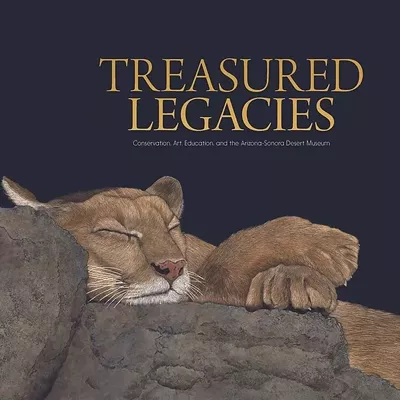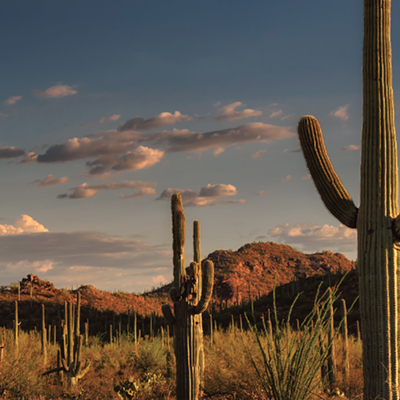THE RETURN OF COMRADE RICARDO FLORES MAGÓN
Claudio Lomnitz
Zone Books.
$34.95; 608 pages; history
There's something of the 19th-century Russian novel in this new history about the Mexican Revolution. It's hefty (500 pages-plus), but it also presents intimate stories of idealistic lives in a grand historic, political setting.
The Return of Comrade Ricardo Flores Magón features two groups of political activists and intellectuals who promoted revolution in Mexico from the US. The primary group, including Magón, consisted of ex-pat Mexicans; the other consisted of American anarchist and socialist sympathizers, including writer John Kenneth Turner. Lomnitz, a Columbia University anthropology professor, sketches the larger international context in which this story takes place—earlier Mexican history, international workers' movements, the Russian Revolution, WWI, U.S.-Mexico relations, the particular struggles within Mexico itself--but he focuses on the collaboration (the junta) and the journal it published, Regeneración.
Brothers Enrique and Ricardo Flores Magón served as part of the core of the Mexicans in Los Angeles in the early 1900's.Their Liberal movement, influenced by theories of the Russian anarchist Peter Kropotkin, believed that human survival, welfare and happiness derives from mutual aid; that the state and capitalism corrupt successful collectivism into greedy individualism. Their activity promoting Socialist revolution in Mexico cost them extended periods in US prisons (for "violation of the neutrality laws").
While Lomnitz's introduction to his work is pretty academic, his text is lively and engaging. He describes the major players with detail (the Boston heiress, for example, who married a Mexican revolutionary and gave her fortune to the cause), and traces the arc of their complex, often contradictory and tragic movement with clarity and reflection. Ironically, this group that embraced principles rather than personalities fell prey to Mexico's penchant for personality cults: after Ricardo Flores Magón died in Leavenworth Prison, his body was returned to Mexico to be revered. Fascinating stuff, really.
THE SECRET HISTORY OF LAS VEGAS
by Chris Abani
Penguin Books
$16; 336 pages; mystery
If we were to believe this intriguing new thriller by poet and novelist Chris Abani, there are secrets in most of us; how we deal with them is part of our defining humanity. That the book's set in Las Vegas—the world (Egypt, Venice,
Paris) artificially erected over a desert pocked with underground atomic bomb test sites—underscores its universality.
In The Secret History of Las Vegas, Sunil Singh, a biracial psychiatrist from South Africa, is called in by Las Vegas police to consult on serial murder suspects: a set of conjoined twins named Water and Fire. While the twins are indeed unusual (Water's a handsome six-footer who speaks in factoids; Fire's a fast-talking appendage on Water's side), Singh knows they couldn't be the murderers, since he knows the source of the bodies—a government-funded experiment he has some part in, to cure psychopathology. Discreet, meticulous Dr. Singh is paid well by the institute where the deaths took place, and he's unlikely to whistle-blow. When Fire and Water need protection, though, he steps up. At the same time, his questionable past in apartheid South Africa arises, and his own life is threatened.
This is a richly realized book, with scenes both horrifying and humorous (Fire and Water are a brilliant concoction). PEN Beyond the Margins winner Abani, who escaped execution in Nigeria in 1999 for anti-government writing, suggests-—but doesn't overwhelm the work with—issues of racism, colonialism and government irresponsibility. And his prose is coolly lyrical.
LOCATION FILMING IN ARIZONA: THE SCREEN LEGACY OF THE GRAND CANYON STATE
Lili DeBarbieri
The History Press
$19.99; 128 pages; nonfiction
This little book on making movies in Arizona features a star-studded cast. Notables from Cecil B. DeMille through John Wayne, Elizabeth Taylor, Sidney Poitier, Gene Wilder, to Johnny Depp, make appearances. Tucsonan Lili DeBarbieri provides an overview history of the industry in the state and then breaks it down into regions. With sidebars, boxes, a filmography, plenty of photos, and anecdotes, Location Filming in Arizona is informative. Could even make you search out Andy Warhol's very special 1968 version of Romeo and Juliet, in which "naked cowboys and cowgirls" roar through Old Tucson on motorcycles.







